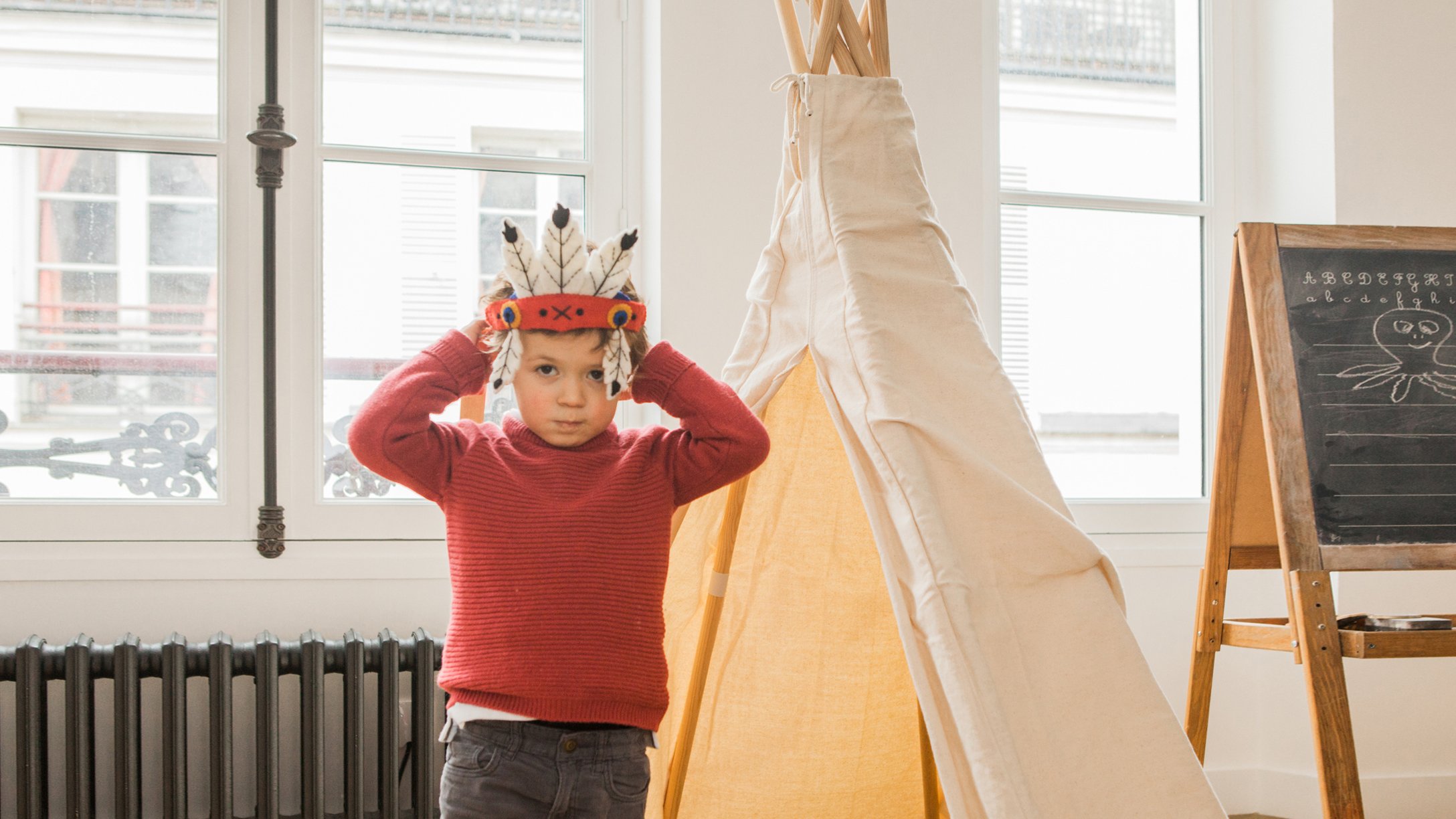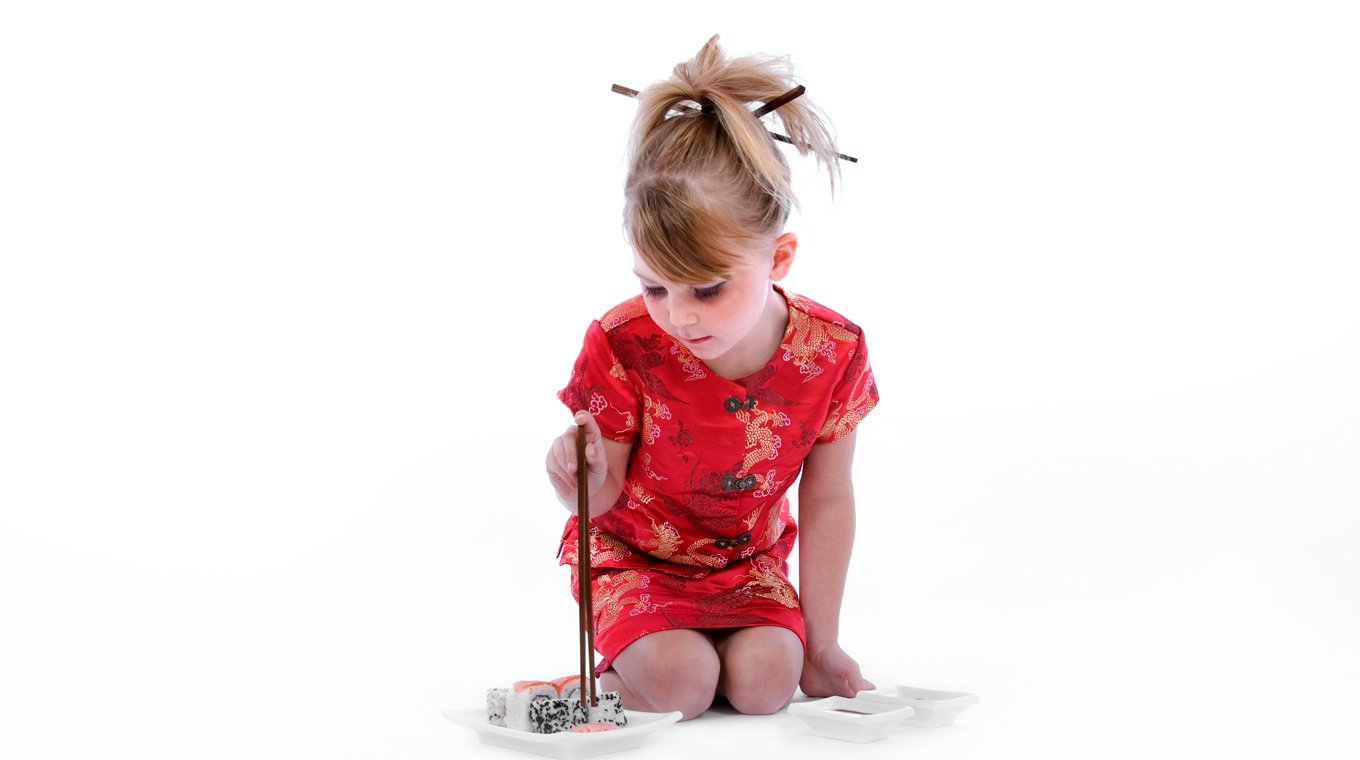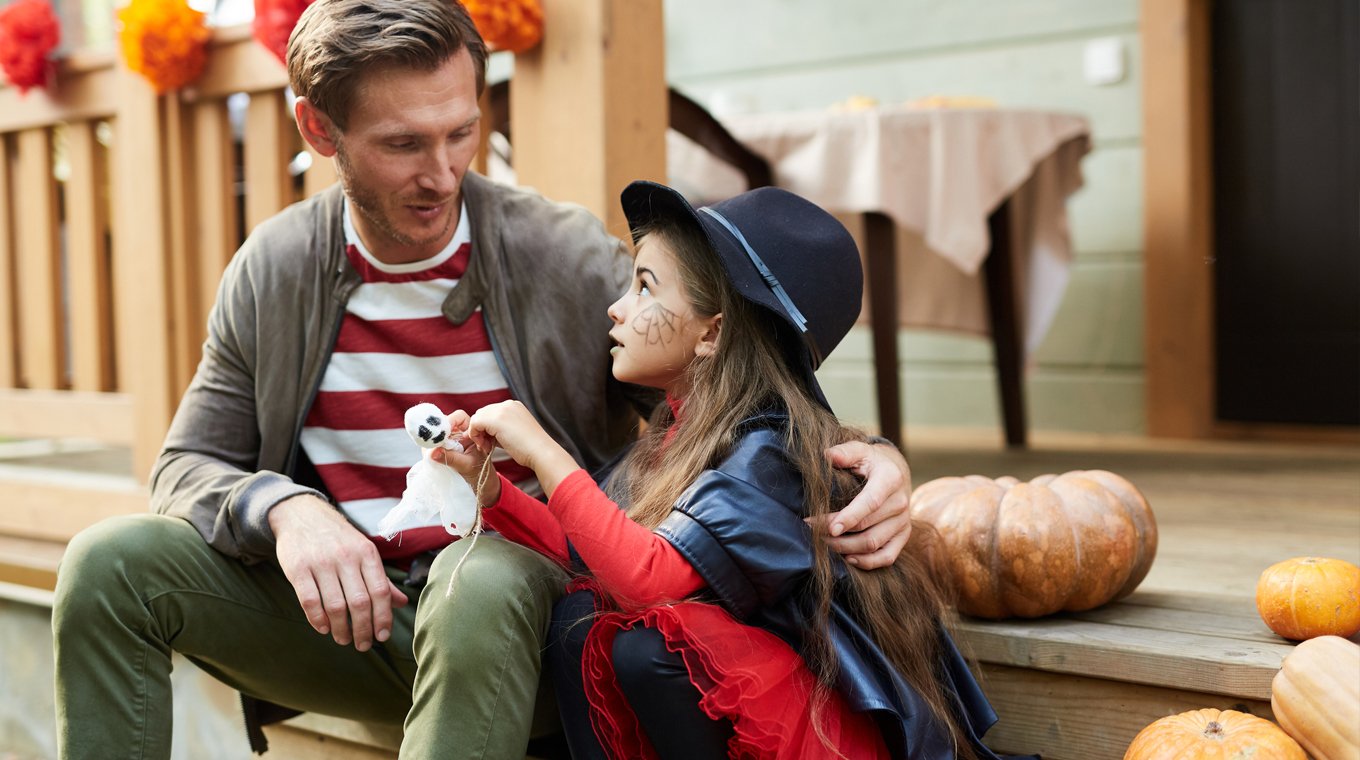
In this article
Cultural appropriation is a hot-button issue that is often misunderstood. Like all the big, uncomfortable topics that can be daunting to explain to children, we are not always armed with the exact right words the moment we need them. But now, perhaps more than ever, it is vital that parents take the time to learn about this complex issue and have honest discussions at home.
Talking about race and culture with your kids (and approaching it in ways that are age-appropriate) demystifies the discussion and helps children understand and respect cultures outside of their own. If you’re worried about how to approach this issue with your children, here are some ways you can explain cultural appropriation to your kids.
What is cultural appropriation?

In order to explain something as nuanced as cultural appropriation, parents must first understand the issue before breaking it down in a way that’s easily digestible for young minds.
“Cultural appropriation,” as defined by Verywell Mind, “refers to the use of objects or elements of a minority culture in a way that doesn’t respect their original meaning, give credit to their source, or reinforces stereotypes or contributes to oppression.”
African Americans, Asian Americans, Native Americans, and Hispanic Americans are the ethnic groups most commonly impacted by cultural appropriation in the United States. While it may not seem like a big deal to let your white child dress up as Moana or wear their hair in cornrows, in actuality, what they are doing is “borrowing” from a culture that has been historically oppressed.
As Crystal Raypole of Healthline writes, “For white people, [addressing cultural appropriation] involves doing some potentially uncomfortable work. Acknowledging all elements of a culture extends to recognizing how white supremacy and racism have played a part in dismantling and oppressing other cultures.”
Common examples of cultural appropriation

While cultural appropriation as a concept may seem straightforward, oftentimes in practice it can be more confusing. There are many ways in which society appropriates traits from minority cultures and perpetuates harmful stereotypes, often without realizing it.
Common examples of cultural appropriation include:
1. Ethnic holidays
While Americans gather every May 5th to celebrate “Mexican independence” by eating Mexican food and drinking margaritas, this “holiday” is actually not a thing in Mexico. Seriously. So if you do decide to celebrate Mexican culture with your family, here’s how you can celebrate Cinco de Mayo respectfully.
Other holidays that perpetuate negative stereotypes include St. Patrick’s Day and Thanksgiving. This is not to say you cannot celebrate these days, only that you should take the opportunity to learn about the origins of the holidays and discover ways in which you can celebrate respectfully with your family.
2. Costumes
If you’re unsure if a Halloween costume is an example of cultural appropriation, ask yourself if it represents a culture other than your own. If you would need to darken or lighten your skin, change the color of your hair, add physical markings like tattoos, or wear another culture’s traditional clothing or hairstyle, it is culturally insensitive.
“When my daughter wanted to dress up as Pocahontas for Halloween, I struggled with how I would explain to her that it wasn’t the right choice,” mom-of-three Sharon R. told Mom.com. “I had introduced her to all my favorite Disney movies from my childhood and I knew this was a character she loved.”
“But I also know that as a white child, dressing up as a Native American character is not appropriate,” Sharon continued. “I did my best to navigate the conversation and while I’m not sure she totally understood, it is a start. In the end, she was very happy with her fairy costume!”
3. Hairstyles and fashion
From Kim Kardashian’s cornrows to Katy Perry dressing as a geisha, we are constantly inundated with images of celebrities borrowing from other cultures in ways we may not immediately recognize as being offensive. But when dominant cultures take aspects of non-dominant cultures, they are adopting elements of their history without any of the negative ramifications.
How to avoid cultural appropriation with kids

As adults, we understand complex issues like racism and oppression and how minority cultures have been exploited throughout history. But children are not born with that context. Which is why it can be extra tricky to explain why cultural appropriation is bad and how it can be avoided.
When faced with an instance of cultural appropriation, here’s how you can begin to navigate that conversation with your child.
1. First, ask them why this is important to them.
Whether a child wants to dress as a certain character, wear their hair a certain way, or is speaking in an accent they heard on TV, remember that children learn by osmosis. They are absorbing the world around them and picking and choosing what sticks out to them. They are not likely aware that their choice could be offensive to others and so it’s important not to dismiss an idea without first discussing why it’s important to them in the first place. Listen to their reasons and use that as a jumping off point for the conversation.
2. Discuss the context of that piece of culture together.
If it is a topic you understand well, discuss it with them. If not, take the time to research the origins together. In the simplest of terms, talk about the history and the people behind this piece of culture.
3. Explain how other cultures are treated differently.
Children learn early on that while everyone should be treated the same, this is sadly not the case. Treating others with kindness and respect extends to honoring their cultures.
4. Offer alternative suggestions.
Now that you’ve laid the groundwork and emphasized the importance of respecting other cultures, offer alternative suggestions for them to consider.
5. Treat this as an opportunity for growth.
Issues regarding race and culture will not be understood by children after one discussion. Even as adults, most of us still have a lot we will continue to learn in time. The important thing is that you lead by example and continue to be open to growth yourself. By doing this, you will instill in your children an appreciation and respect for others.




